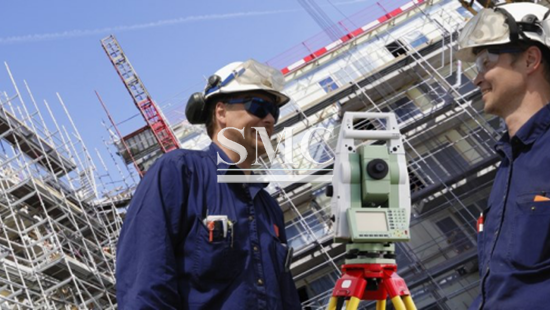
- Oil Pipeline
- Water Pipeline
- Gas Pipeline
- Boat and Mooring Accessories
- Metal for Decoration
- Transformer Components
- Heat Exchanger Pipe
- Air Conditioning Spare Parts & Accessories
- Boiler
- Kitchen and Bathroom Appliance
- Metal for Household Appliance
- Solar Power Appliance
- Elevator
- Roofing and Ceiling
- Cable
- Tank
- Packaging
- Machinery and Equipment Spare Parts & Accessories
- Mold
- Automobile Parts
- Rail and Crane Rail
- Hardware Fitting
- Abrasive
- Road Construction Equipment
- Electronic Components
- Construction and Decoration Materials
- Doors and Windows
- Refrigerators
How stainless steel saves construction firms money
We live in a time when the cost of construction – whether commercial or residential – is perhaps at its most considerable. The value of materials, the cost of labor, the prices of insurance, and the rate of taxes vary from time to time and from place to place, but nobody can claim that theirs are truly the lowest, or that their costs have remained largely unchanged for decades.
As construction cannot be avoided, experts around the world are coming up with variable solutions to the issues facing builders today with regard to cost and benefit. You may, for example, use cheaper materials and labor for building a house, but you cannot be assured of longevity and reliability. In the long term, this may be the more expensive option, as in a few years' time you will be forced to apply repairs and replacements – probably this time with pricier options you could have used in the first place.
If you do your calculations right, however, and consider the cost-benefit ratio of the materials and labor, your project will have a much higher chance of lasting for decades – even centuries – with very minimal maintenance issues.
Take for example the use of stainless steel in construction. The use of this material has been a favored practice for a long time. And with the technologies now employed by every trusted and legitimate stainless steel supplier, this alloy is even stronger and more reliable.
Some examples of the application of stainless steel in construction:
• Roofing
• Pedestrian bridges
• Building facades
• Fire protection doors
• Handrails
• Architectural cladding
• Balustrades
• Drainage and rainwater products
• Wall supports
• Fencing
There are perhaps hundreds or even thousands more, if you want to identify them all. The point being that stainless steel is a go-to material for different uses in architecture. The primary reason for using stainless steel is its reliability. With this type of material, a builder benefits from its:
• Beauty
• Ease of cleaning or polishing
• Lasting strength
• Customizability or ease of shaping
• Resistance to corrosion
• Resistance to contaminants
• High recyclability
Overall, the user benefits from stainless steel in the long run because it helps them save money. It is stronger, for example, than glass and other materials for cladding, and it requires very little upkeep when compared to its counterparts. There may be stronger material, but they are inherently heavier, less customizable, and costlier.
Another reason stainless steel is a perfect option for many construction requirements is its low impact on the environment. The Building Research Establishment has given products containing stainless steel an A or a B rating for most categories. They are more favorable than other materials for the same purposes. This means the best types of stainless steel have a low CO2 emission rating during production and they are highly recyclable.
Savings may not be readily apparent when you use stainless steel in construction, but you will realize its true worth after a few years. Other materials will have required costlier maintenance or even replacements, while stainless steel is still going strong, practically oblivious to the changes taking place around it, standing proudly where others have failed and fallen, literally in some cases due to corrosion.
